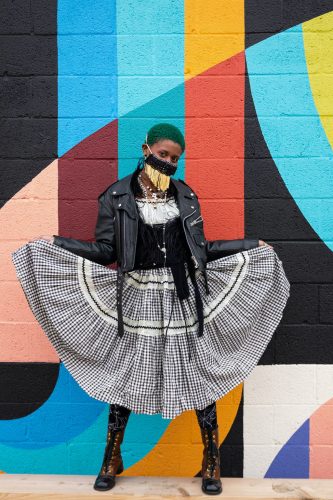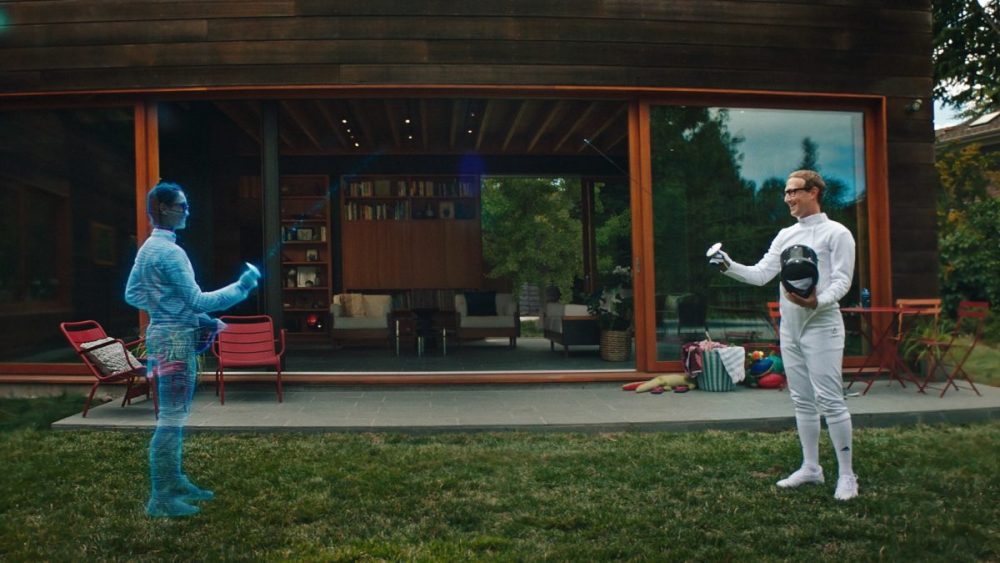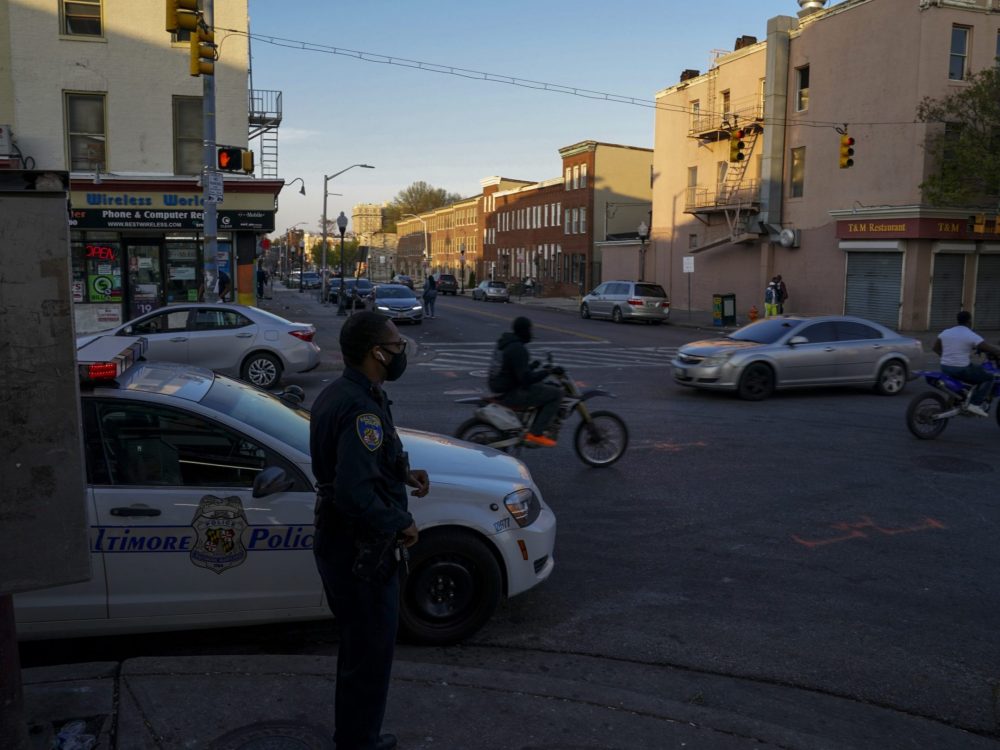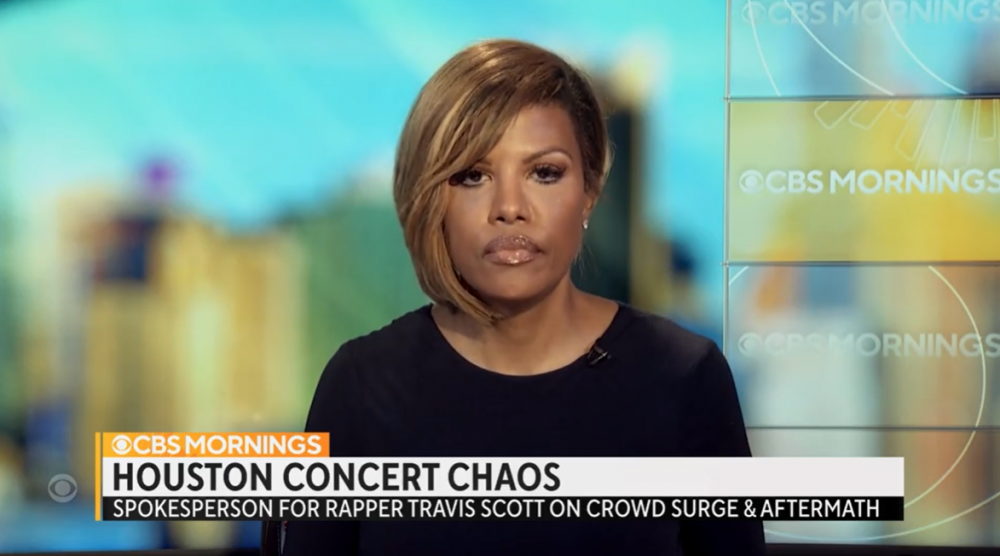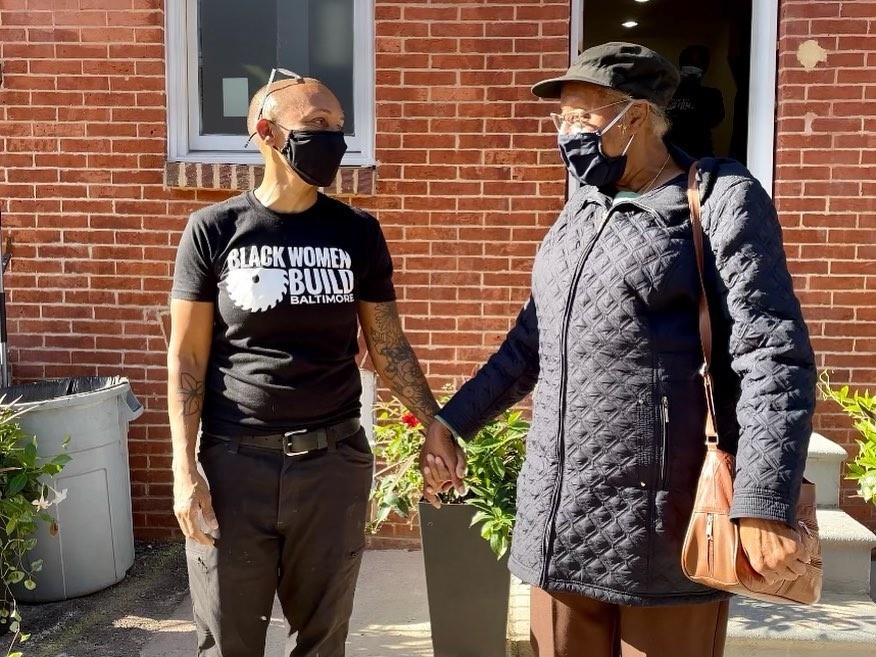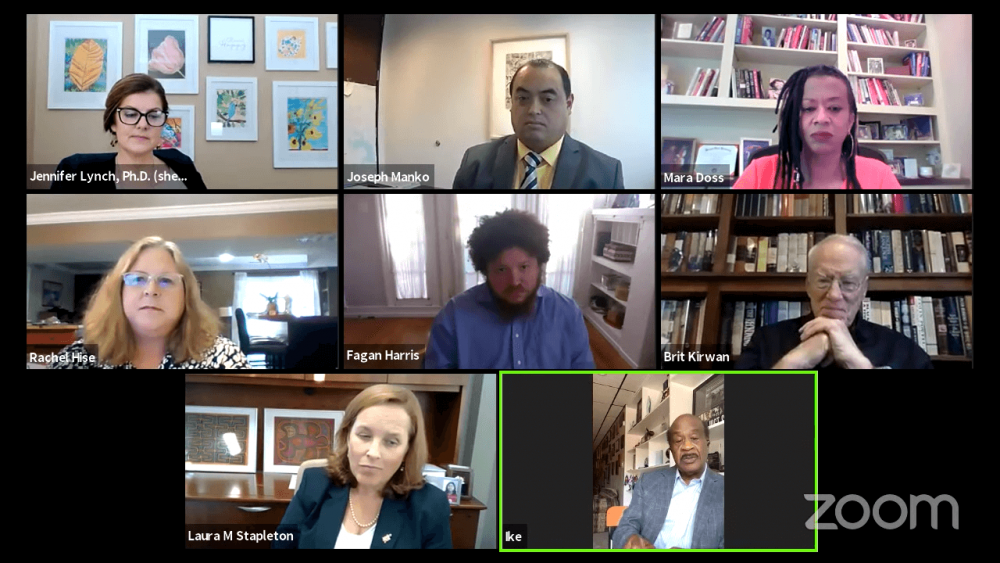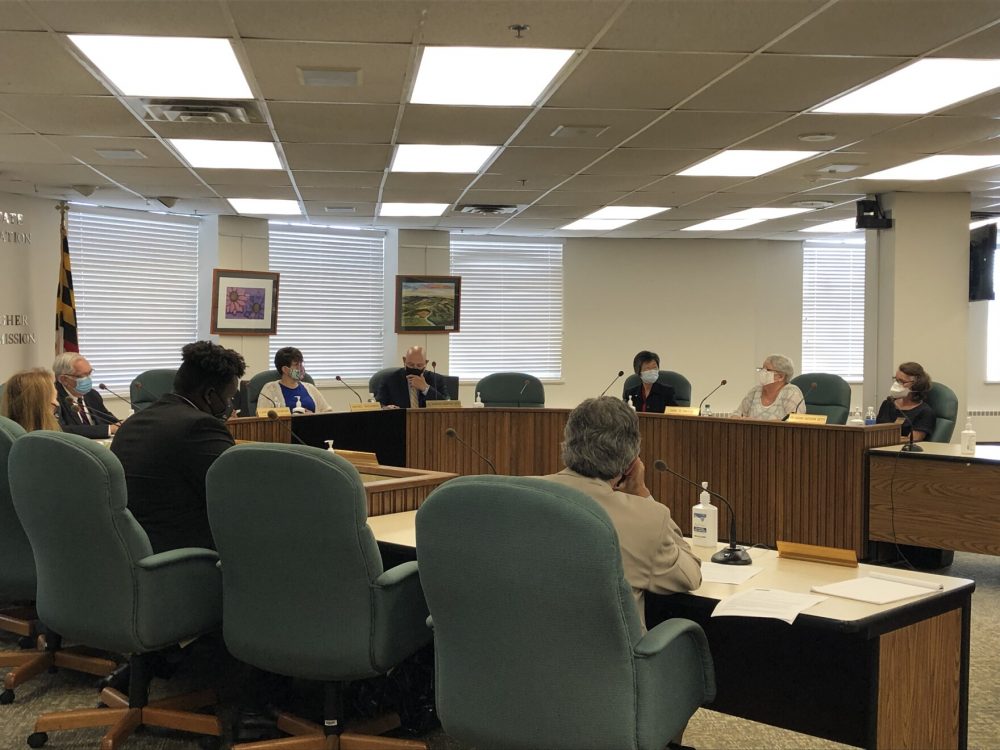The Many Trials of Keith Davis Jr.
by Ron Cassie
Published November 17 in Baltimore Magazine
Excerpt: Taking cover inside a cramped, dark auto repair garage, Keith Davis Jr., in what he believed were the last moments of his life, somehow, desperately, got his girlfriend on his cellphone as four Baltimore police officers tried to kill him. Bullets ripped into tool cabinets, steel beams, the shop’s office and bathroom doors, the concrete wall at the back of the building, and the refrigerator that Davis had ducked behind. More than 30 shell casings from .40 caliber, Glock 22 service weapons lay scattered across the alley in front of the shop and its garage floor.
“I was trying to focus on Keith’s words and kept hearing ‘pop-pop-pop,’” recalls Kelly Davis, then Kelly Holsey. “It sounded like a popcorn machine. Keith sounded terrible. I heard fear. He was talking to me and, I later realized, to the police officers shooting at him at the same time. Keith is tough as nails, he’s been through a lot, and he was crying.
“The noise and sirens didn’t register until afterward,” she continues. “Then, there was one loud ‘POP’ and the call went dead. There was that rustling sound, like when someone drops their phone. I kept calling back, texting, calling back. Now, I was scared and freaking out.” […]
By noon, Kelly was at Sinai Hospital trying to find out if her boyfriend was alive. She was told he was in critical condition following intense surgery. She was also told she couldn’t see him and police were in his room. Why, Kelly had no idea. “Then I walked into the waiting room and looked at the TV, and saw [BPD Deputy Commissioner] Jerry Rodriguez on WJZ, on the 12-clock news,” Kelly recalls. “He was saying police had shot a man earlier that morning who had robbed a hack driver and shot at police officers during a standoff.” A Sinai admissions staffer gestured toward the television and told her the man they were talking about was her boyfriend. Six days later, Keith Davis Jr. was charged with armed robbery and multiple counts of firing a weapon at law enforcement officers. “None of it made any sense. I’d woken up into a nightmare.”

